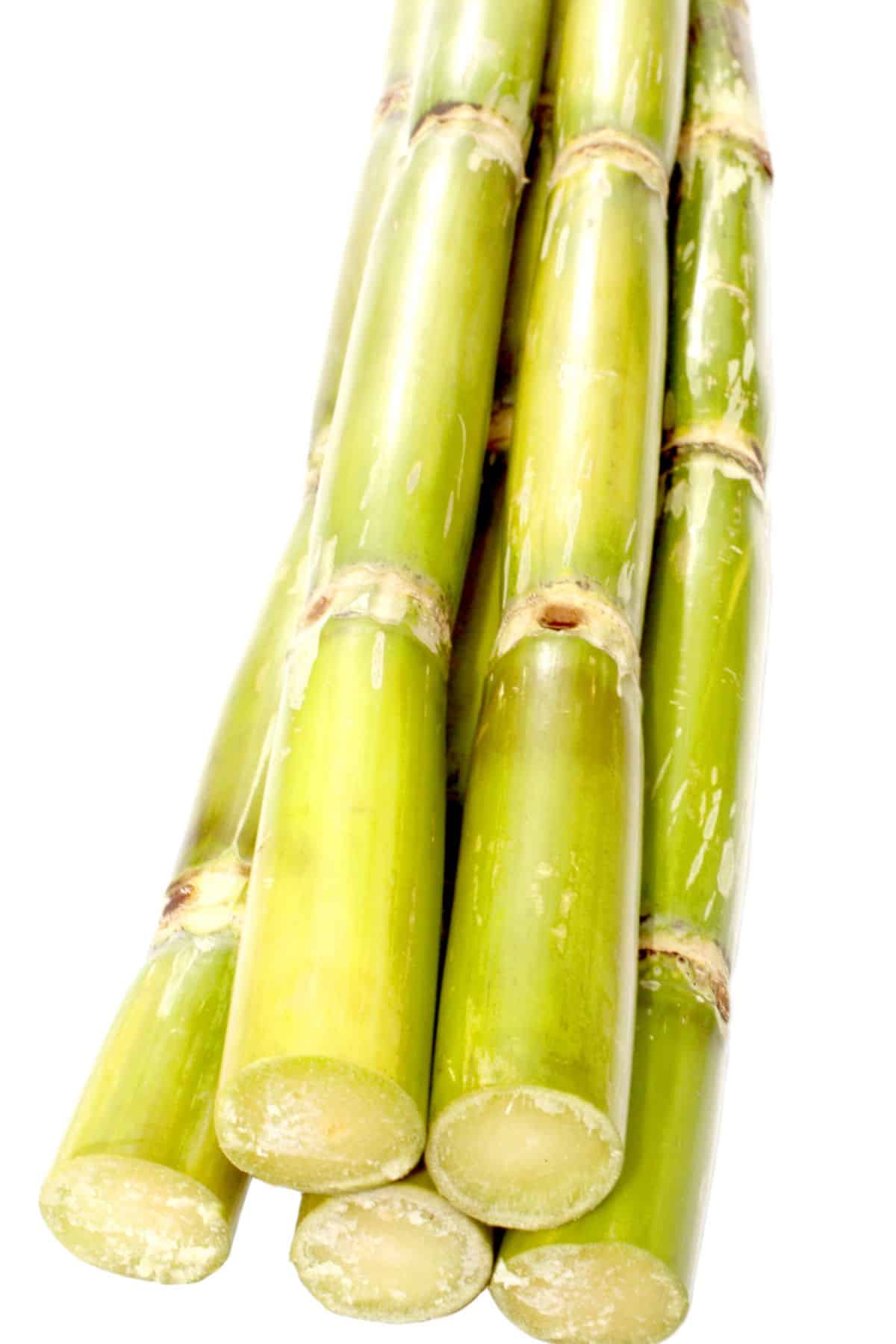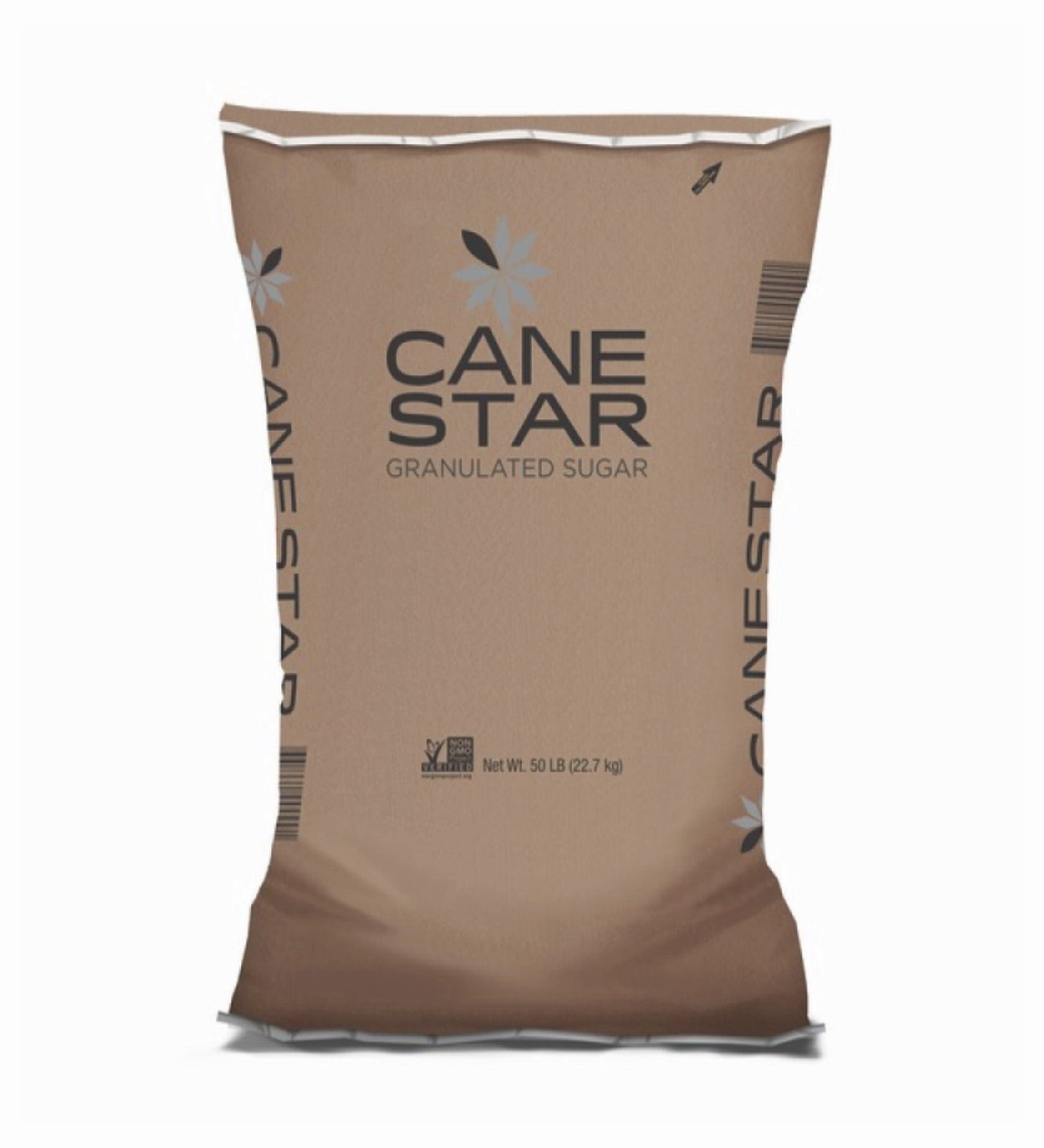Cane Sugar Processing: From Field to Table-- A Step-by-Step Overview
Cane Sugar Processing: From Field to Table-- A Step-by-Step Overview
Blog Article
An In-Depth Overview to the Environmental Influence and Sustainability Practices in Walking Stick Sugar Processing
The ecological impact of walking stick sugar handling presents an intricate variety of obstacles that warrant careful examination. From soil destruction and excessive water usage to the carbon impact related to growing and manufacturing, the repercussions of conventional methods are far-ranging. On the other hand, the fostering of ingenious sustainability steps uses a pathway toward extra responsible production approaches. Understanding the interplay between these problems is important for stakeholders in the market. What details practices can be executed to strike an equilibrium in between productivity and environmental stewardship? The answers depend on a closer take a look at both the difficulties and prospective remedies.
Introduction of Walking Stick Sugar Processing
Cane sugar processing involves a collection of organized actions that transform sugarcane into polished sugar. At first, harvested sugarcane is moved to refining centers, where it undergoes cleaning to remove soil and particles. Following this, the walking stick is crushed to remove juice, which is after that cleared up by eliminating impurities via heating and the enhancement of lime.
The made clear juice undergoes evaporation, where water is gotten rid of to concentrate the sugar material. These crystals are divided from the continuing to be syrup using centrifugation, resulting in raw sugar.
The end product is then dried and packaged for circulation. Throughout this entire process, preserving effectiveness and quality control is essential to make certain the sugar meets market criteria. Each action in walking stick sugar handling not just adds to the final product however likewise has effects for resource use and waste generation, setting the stage for discussions on sustainability and environmental effects linked with sugar production.
Environmental Challenges of Production
The production of walking cane sugar offers a number of significant ecological challenges that warrant interest. One primary issue is the considerable use agrochemicals, consisting of pesticides and plant foods, which can bring about dirt degradation, biodiversity loss, and contamination of local water resources. The drainage from sugarcane areas frequently brings these chemicals into nearby environments, disrupting marine life and influencing the wellness of areas reliant on these water bodies.
One more difficulty is the high energy consumption related to sugarcane processing. The boiling and refining stages need substantial heat, largely created by shedding nonrenewable fuel sources, adding to greenhouse gas discharges. Furthermore, the extensive land area needed for sugarcane growing can result in logging and habitat devastation, more worsening climate adjustment and harmful wildlife.
Moreover, the labor practices in some areas increase ethical problems, as workers might deal with inadequate working problems and inadequate earnings. This situation often bolsters a cycle of poverty in neighborhood neighborhoods. Cane Sugar Processing. Resolving these environmental challenges is important for developing a lot more lasting methods in walking cane sugar production, inevitably benefiting both the setting and the communities entailed in this market
Water and Land Usage Impact
Water sources and land utilization are important components in the walking cane sugar industry that significantly affect the environment. The growing of sugarcane calls for substantial water input, with price quotes suggesting that it can take in approximately 2,000 litres of water per kilo of sugar produced. This intensive use water usually leads to exhaustion of local water resources, impacting not just the sugarcane haciendas but also surrounding ecological communities and neighborhoods that depend on the same water resources for farming and residential usage.

In addition, land usage for sugarcane growing can cause deforestation and the conversion of natural habitats into monoculture ranches. This method diminishes biodiversity, disrupts regional environments, and adds to soil deterioration. The growth of sugarcane fields frequently intrudes on useful agricultural land, producing competition for resources in between food and biofuel manufacturing.
Lasting methods, such as enhancing irrigation strategies and applying crop rotation, are important to mitigate these impacts. By taking on a lot more effective water usage and land monitoring methods, the walking stick sugar industry can lower its eco-friendly footprint, making sure a balance in between farming efficiency and ecological conservation.
Greenhouse Gas Emissions
Greenhouse gas emissions stand for a considerable environmental concern within the walking cane sugar processing sector, especially as farming methods expand to fulfill worldwide demand. The farming of sugarcane, a crop that prospers in tropical environments, depends heavily on artificial fertilizers and pesticides, which contribute to laughing gas emissions. Furthermore, land-use changes, including logging for new sugarcane haciendas, release co2 saved in plants and dirt.
Throughout handling, power intake is an additional significant resource of greenhouse gas emissions - Cane Sugar Processing. Lots of sugar mills make use of fossil gas to power equipment and create warmth, causing substantial carbon impacts. In addition, the transport of raw sugarcane and ended up items includes layers of exhausts with gas combustion in cars
This includes assessing existing agricultural practices, refining techniques, and transport systems to recognize areas for renovation and mitigation. Addressing greenhouse gas discharges is important for cultivating a more lasting cane sugar sector in a changing environment.

Sustainable Practices and Innovations
Lasting practices and technologies are increasingly vital in the walking cane sugar processing market as see it here stakeholders look for to reduce environmental influences while maintaining efficiency. One substantial development is the application of incorporated crop management, which optimizes source usage by combining soil administration, bug control, and crop rotation methods. This technique boosts yield while reducing chemical inputs and maintaining dirt health.
Additionally, the fostering of eco-friendly energy sources, such as biomass from sugarcane residues, has gotten grip - Cane Sugar Processing. By transforming waste items right into power, processing centers can reduce their dependence on fossil gas, thus reducing greenhouse gas discharges
Water administration methods have actually likewise seen enhancements with the recycling and reusing of water in handling plants, dramatically reducing freshwater consumption. Innovations in technology, such as precision farming, make it possible for farmers to monitor plant wellness and source usage much more efficiently, guaranteeing sustainable cultivation methods.
Furthermore, certification programs like Fair Profession and Jungle Alliance encourage eco liable farming methods and promote social equity within the supply chain. By accepting these sustainable techniques and technologies, the walking stick sugar processing sector can improve its durability and add favorably to environmental stewardship.
Verdict
The ecological impact of walking cane sugar processing offers substantial obstacles, including dirt deterioration, high water consumption, and greenhouse gas exhausts, together with ethical worries associated to labor techniques. Addressing these concerns through sustainable techniques, such as integrated plant management, renewable power fostering, and water recycling, is crucial. By promoting eco liable and socially equitable methods in sugar production, the sector can mitigate its negative effects, making sure an extra sustainable future for both ecological Related Site communities and communities involved in this market.
Walking cane sugar processing includes a collection of organized actions that transform sugarcane into refined sugar. Each action in walking cane sugar processing not just contributes to the final product however additionally has effects for resource use and waste generation, setting the stage for discussions on sustainability and ecological influences linked with sugar manufacturing.
Greenhouse gas emissions stand for a substantial ecological concern within the walking stick sugar processing market, specifically as farming techniques increase to fulfill global need.Lasting techniques and view publisher site technologies are increasingly important in the cane sugar processing industry as stakeholders seek to reduce environmental impacts while maintaining performance.The ecological impact of walking cane sugar handling provides considerable difficulties, including soil degradation, high water intake, and greenhouse gas exhausts, alongside moral problems connected to labor techniques.
Report this page